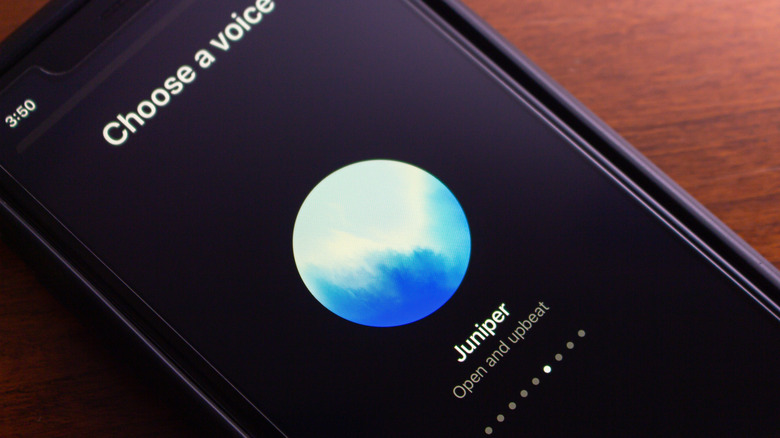OpenAI Finally Fixes One Of ChatGPT Voice's Most Frustrating Issues
Since its introduction a few years ago, ChatGPT has continued to grow and evolve quite a bit. Last year, the company behind the AI model, OpenAI, released a new Advanced Voice Mode, which finally brought conversational interactions to the chatbot. However, after its release, I found myself dealing with a frustrating issue when trying to use Advanced Voice Mode — it acted like its own chat, instead of integrating nicely with the chats you already had going.
This made it difficult to switch between using chat and voice mode, as triggering voice would often pull you out of the chat you already had going. This not only made it hard to move between the two modes, but it also made organization a nightmare. Thankfully, OpenAI has finally fixed this frustration by announcing a new voice mode that works right in your current chat.
Additionally, the new setting will let you see answers appear in real-time, and it makes it easier to review earlier responses and entries in the conversation. OpenAI also said that it means you can now "see visuals like images or maps."
An optional upgrade
While I see this change as a big step forward for ChatGPT's Advanced Voice Mode, those who love the more sequestered setup that the app and web already use don't have to worry about being forced into something they don't like. Instead, you can simply head into Settings > Voice Mode in the ChatGPT app (on both web and mobile apps) and then turn on Separate mode.
This will bring back the OG way to talk to ChatGPT's voice mode, where you see a floating orb that lights up while talking to the chatbot. Even using it in a separate fashion, ChatGPT Voice can be really great to use, even for things like visiting museums.
This, of course, is just one of the many changes OpenAI has been making in the past few months to its popular chatbot. The company has also added group chats to ChatGPT, and even surprise-launched the new GPT 5.1 model.

